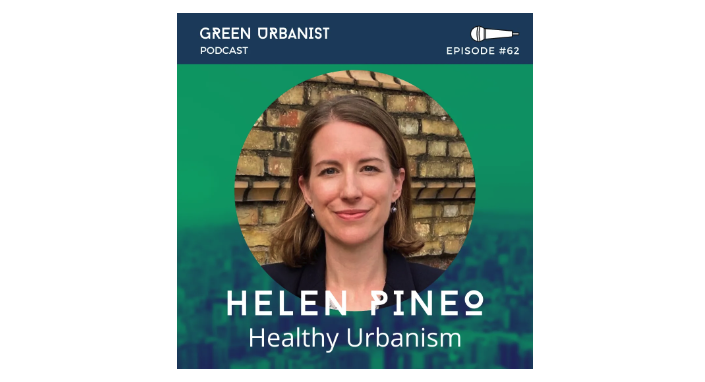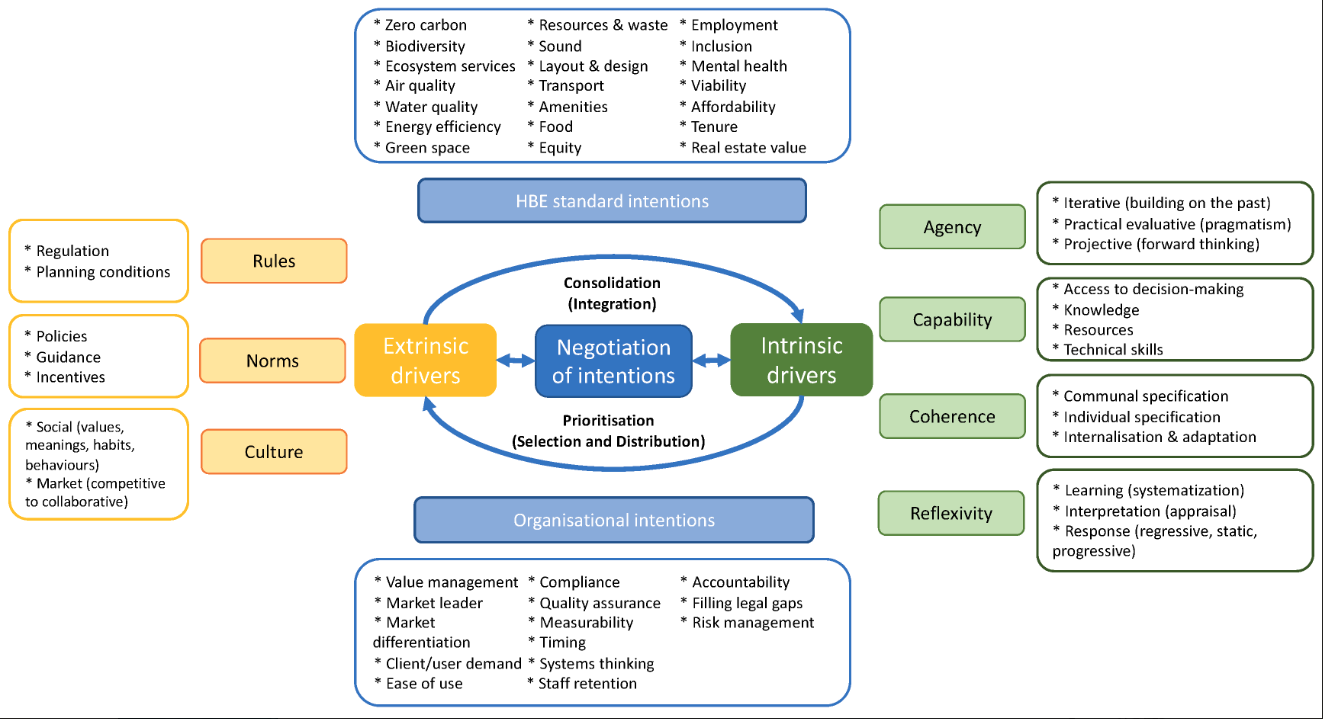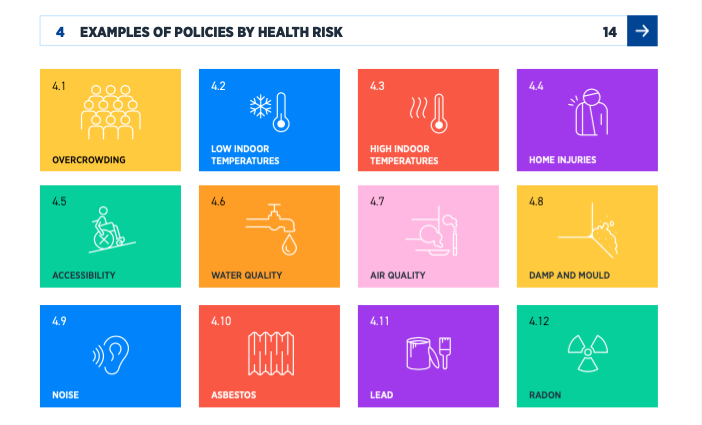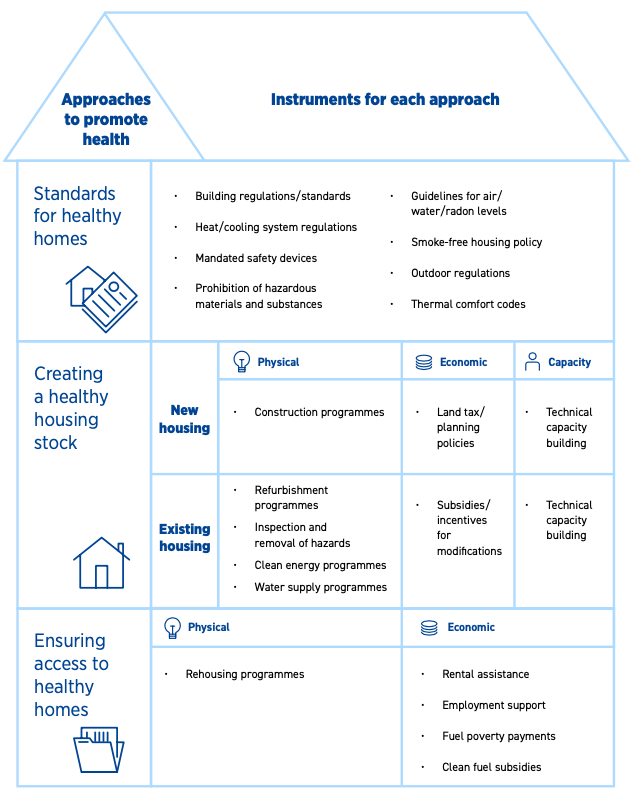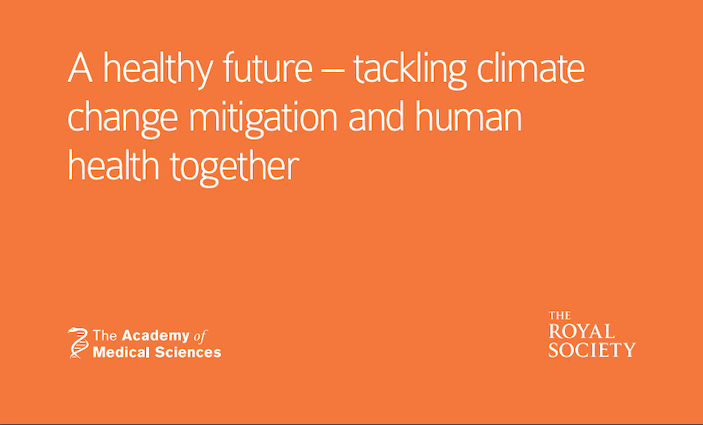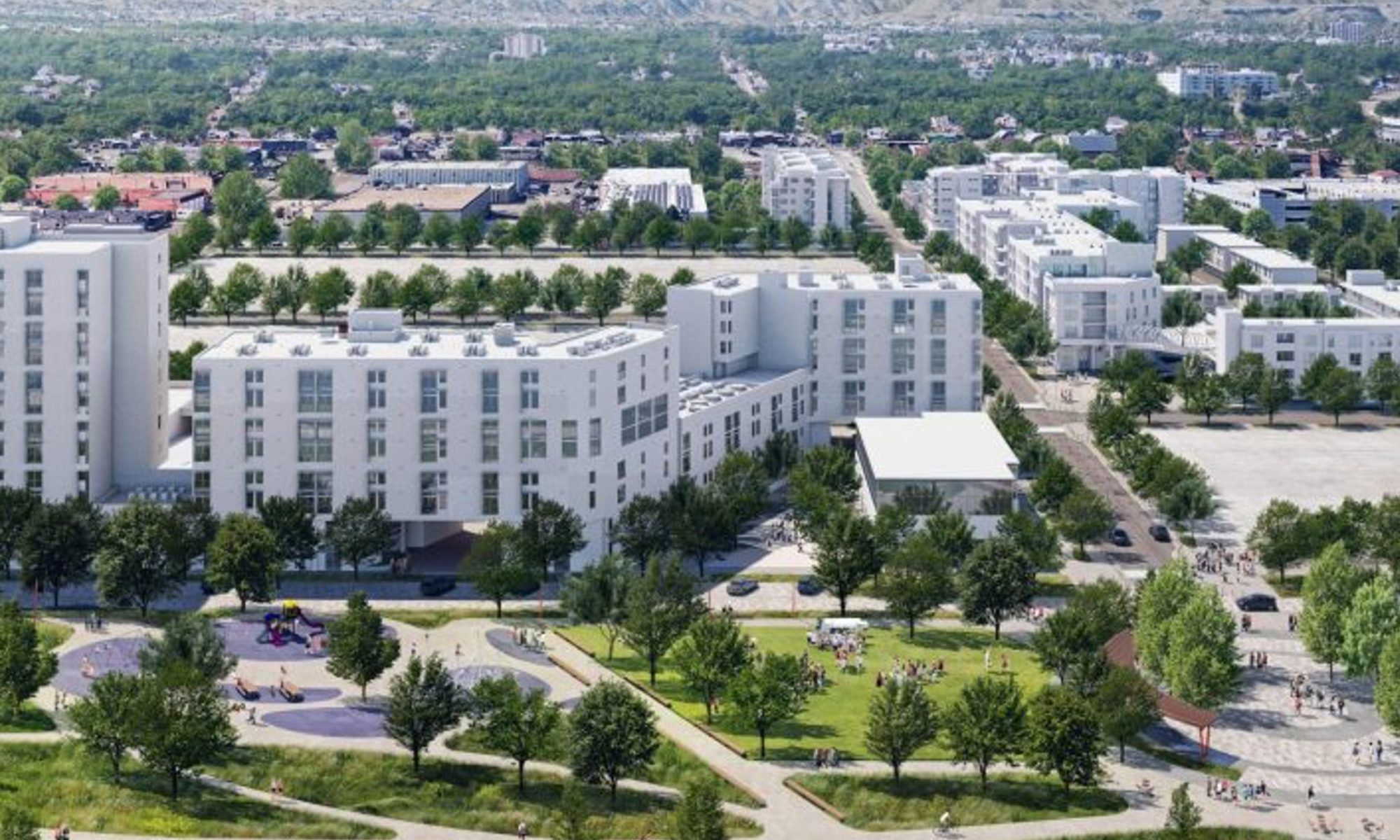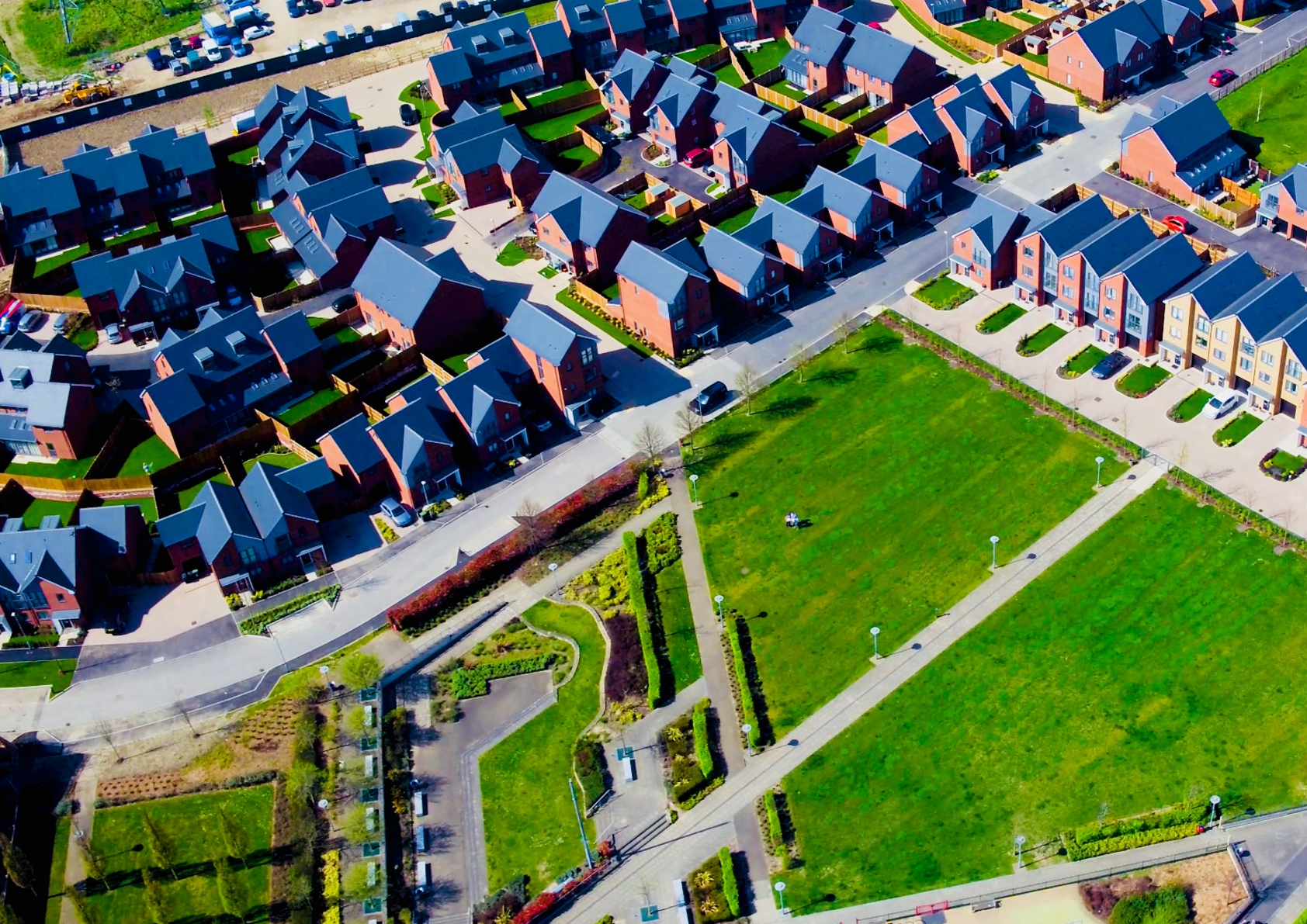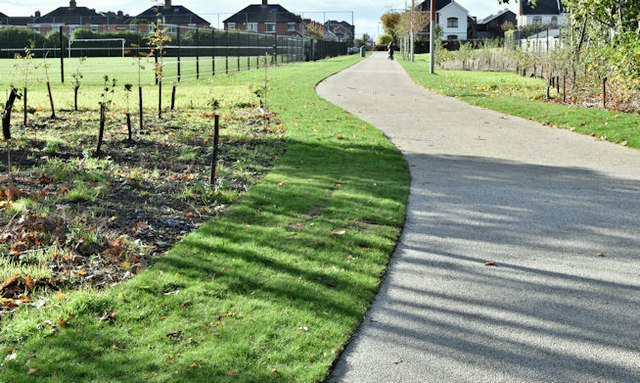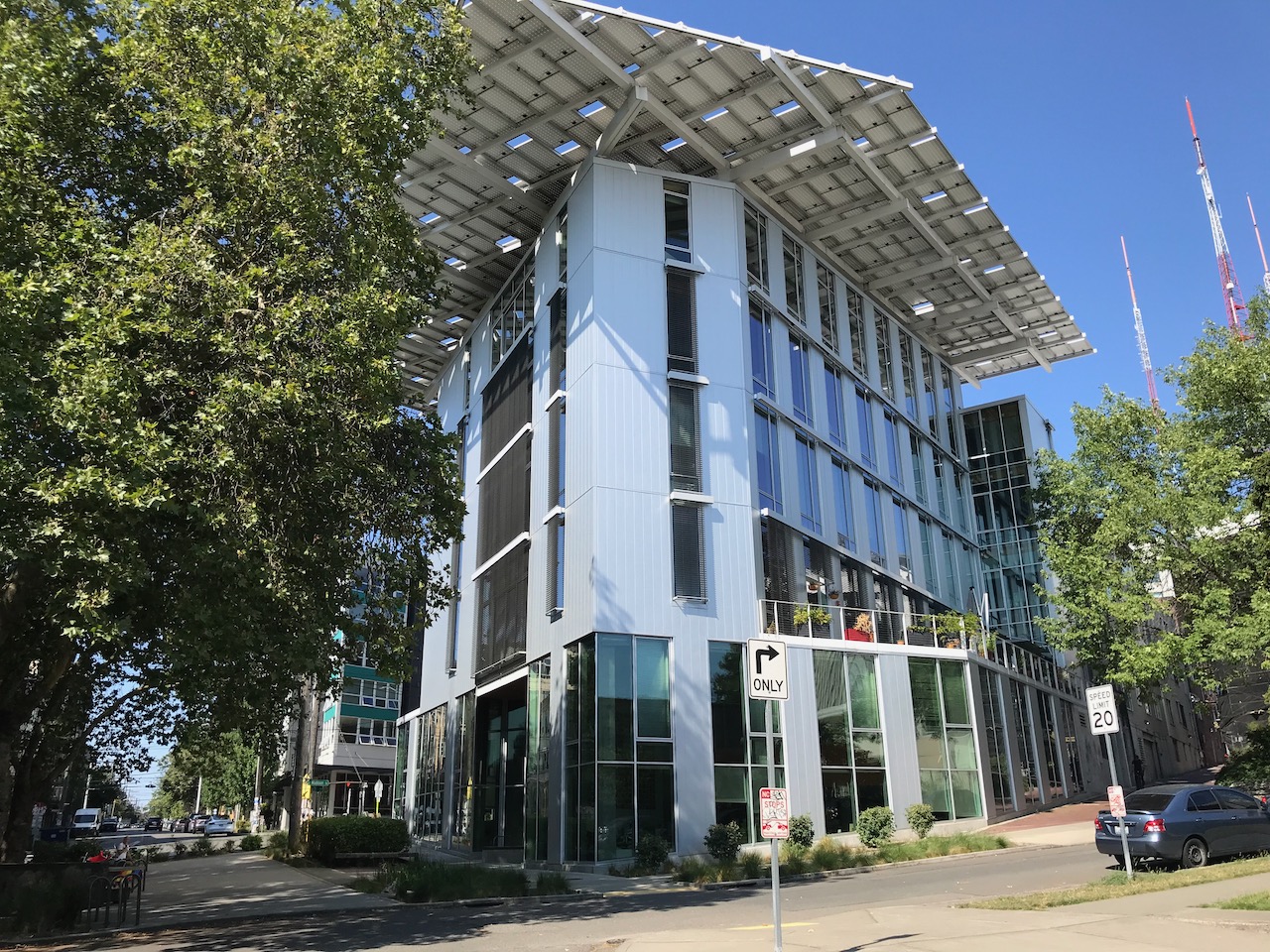International healthy built environment standards have emerged over the last decade as a key trend in property development, including WELL and Fitwel. As these standards are different to the more established sustainability standards, e.g. BREEAM and LEED, we held interviews with developers, planners, residents, and design teams to understand how they perceive and apply built environment standards.
There are some challenges with the implementation of healthy built environment standards that we wanted to understand in more detail. For instance, although there is some evidence that these standards may improve occupant health, real estate values, and development quality, there may be a lack of sophistication in their implementation meaning that the adopted standard does not achieve as much benefit as could otherwise be realised on the specific development. Policy-makers may have difficulty understanding the distinction between alternative standards or frameworks, specifically how they define and target health and sustainability intentions. Furthermore, developers may not fully comply with standards and some negative health impacts could be created if integrated design measures are not used.
This paper concludes with two calls to action, first that ‘standards need to better address the processes of negotiation that take place at different times and places in a project cycle’ and second, that ‘there is a need to encourage applicants to move on from principally using standards to legitimise existing practice, towards seeing standards as strategic tools that should promote internal reflection and responses to healthy built environments and wider sustainability objectives’.
Read: Callway R, Pineo H, Moore G. Understanding the Role of Standards in the Negotiation of a Healthy Built Environment. Sustainability. 2020; 12(23):9884.

